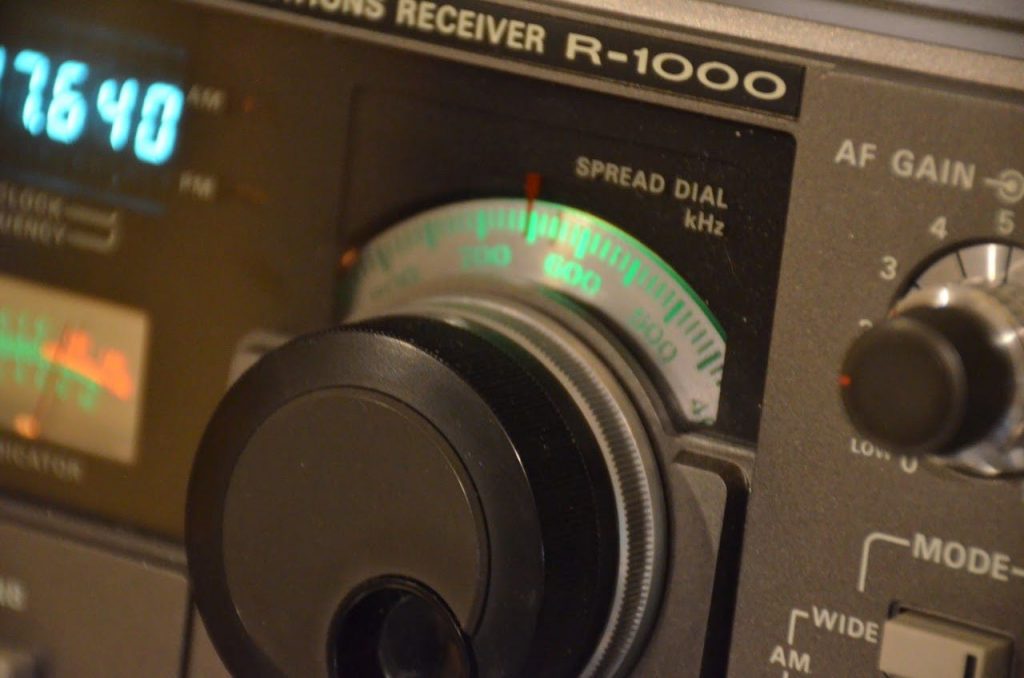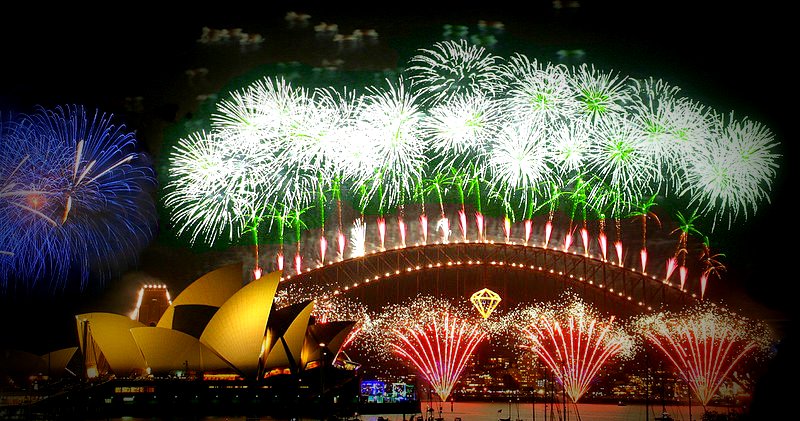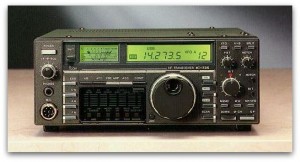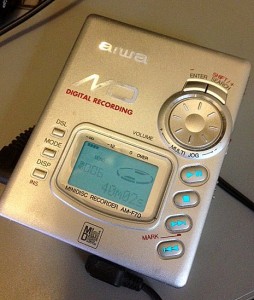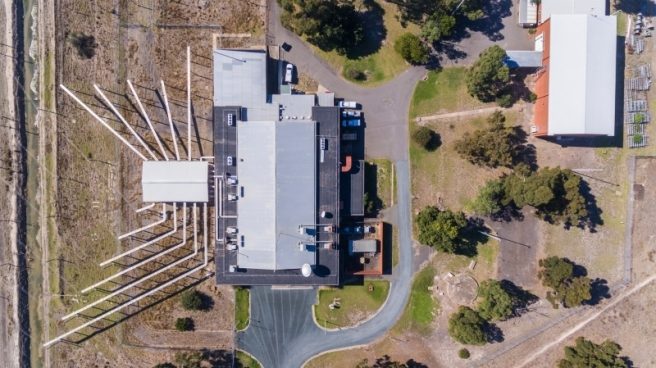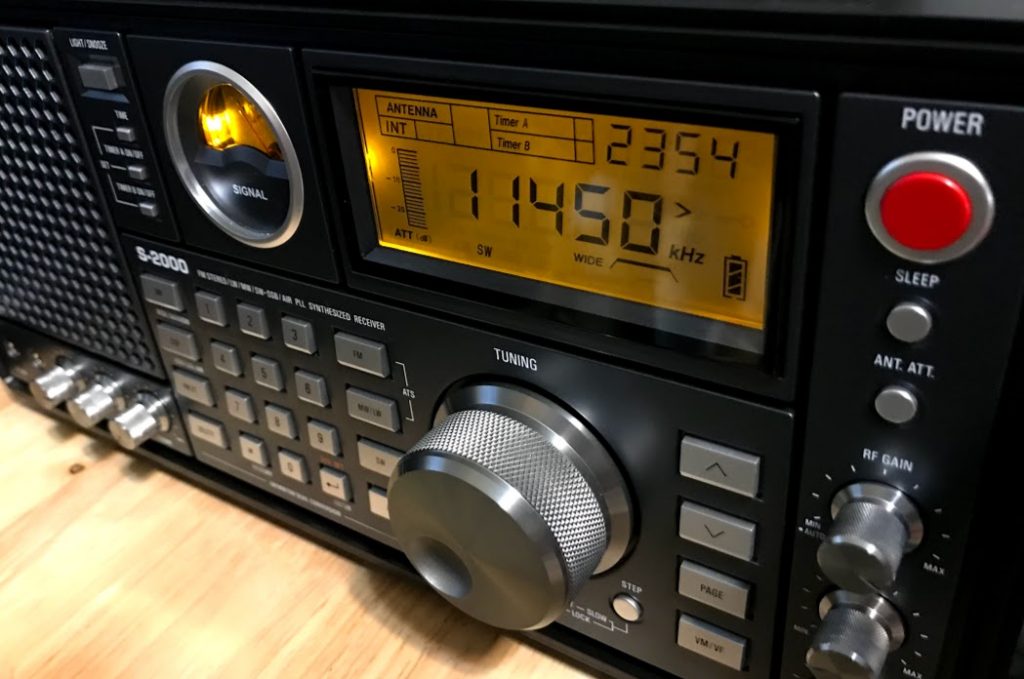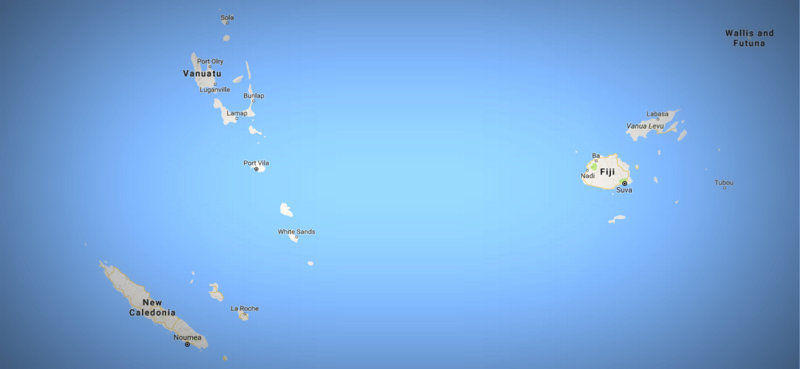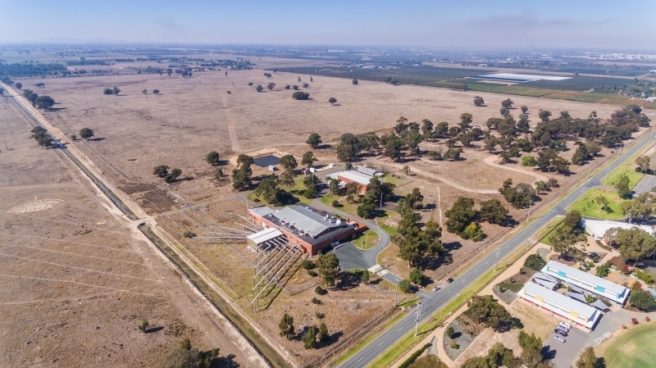Many thanks to SWLing Post contributor, Nigel Holmes, who writes:
Here are a couple of interesting url following the joint Australian DFAT & DCA Review of Broadcasting Services in the Asia Pacific. [One] gives a good overview and the [other] is a concise assessment of HF and Radio Australia in the role of broadcasting to remote areas. Have a look. Former RA Head Jean-Gabriel Manguy made a submission, I did not this time. The submissions are in the public domain.
Click here to read Trevor Bird’s submission (PDF).
Click here to read Jean-Gabriel Manguy’s submission (PDF).
(Source: Lowy Institute – The Interpreter by Geoff Heriot)
International broadcasting: the ABC vs the wisdom of the crowd
The findings of two related government reviews – on international broadcasting, and soft power – should offer an incoming Australian government the potential of a substantial policy reset following the general election in May. Specifically, they may help clarify the purpose and place of state-funded international broadcasting/digital media in Australia’s foreign relations, following a decades-long cycle of investment and dis-investment.
Shortly before Christmas, the Department of Communications published most of the 433 submissions (92 private individuals, 31 organisations or groups, and 310 signatories to a pro-forma submission) made to the first of those reviews, Australian Broadcasting Services in the Asia Pacific, excluding those whose authors wished them to remain confidential. Finalisation of the broadcasting report precedes the related Soft Power Review, being undertaken by the Department of Foreign Affairs and Trade, which has proposed a completion date of around March.
So it is timely to take note of the wisdom of the crowd, as expressed through the more discursive submissions to the broadcasting review, and to compare them with the institutional perspective of the ABC as the responsible agency for international broadcasting.[…]

